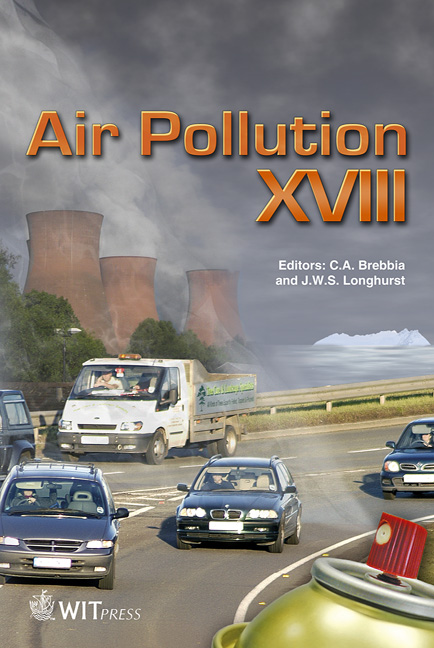In-situ Air Quality Measurements On Existing And Innovative Noise Barriers
Price
Free (open access)
Transaction
Volume
136
Pages
11
Page Range
129 - 139
Published
2010
Size
978 kb
Paper DOI
10.2495/AIR100121
Copyright
WIT Press
Author(s)
J. Hooghwerff, C. C. Tollenaar & W. J. van der Heijden
Abstract
From literature and wind tunnel studies it had already been concluded that noise barriers might make a significant contribution to improving air quality. Within the Dutch Air Quality Innovation Programme (IPL) several trials have been conducted at a test site along a highway to assess the impact of noise barriers on air quality along arterial roads. In 2007 IPL did organise a competition challenging companies to come up with innovative barrier designs having an additional impact on air quality compared with conventional barriers. M+P – consulting engineers was commissioned to measure the impact of standard and optimised barriers on concentrations of NO2, NOx, PM10 and PM2.5 behind the barrier. In five monitoring sessions each lasting around three months, the performance of nine different barriers was investigated. The measurements were done at thirteen different positions. From the results it became clear that noise barriers reduce concentrations of nitrogen oxides and airborne particulates along motorways significantly. For example, effects of 20% for NOx were found at 10 m behind the reference barrier. The measurements show that the barrier height is a relevant parameter for the effect of the barrier. A 7m-barrier shows considerably higher reductions compared to the 4m-barrier. From the results it is also clear that the measured effects of the innovative barriers were consistently lower than for the \“reference barrier”. It should be kept in mind that because of the major uncertainties involved, in many cases the effects statistically do not differ significantly. It is unknown why the reference barrier performs somewhat better than the other 4-meter-high innovative barriers. Keywords: barriers, mitigation, nitrogen oxides, airborne particulates, innovation, measurements.
Keywords
barriers, mitigation, nitrogen oxides, airborne particulates, innovation, measurements





